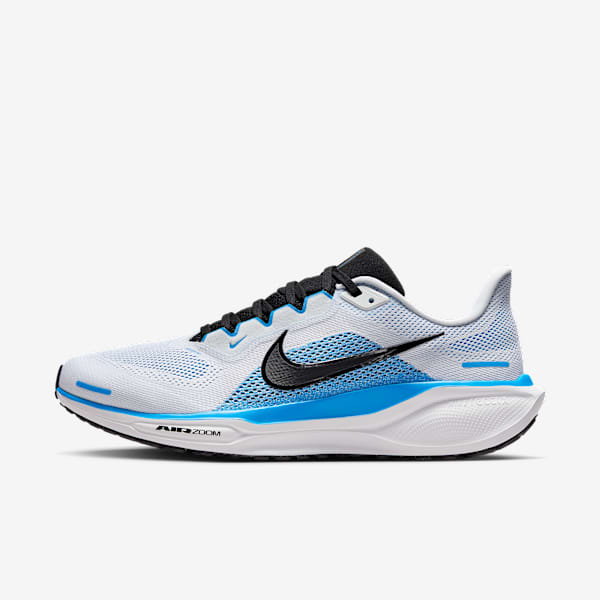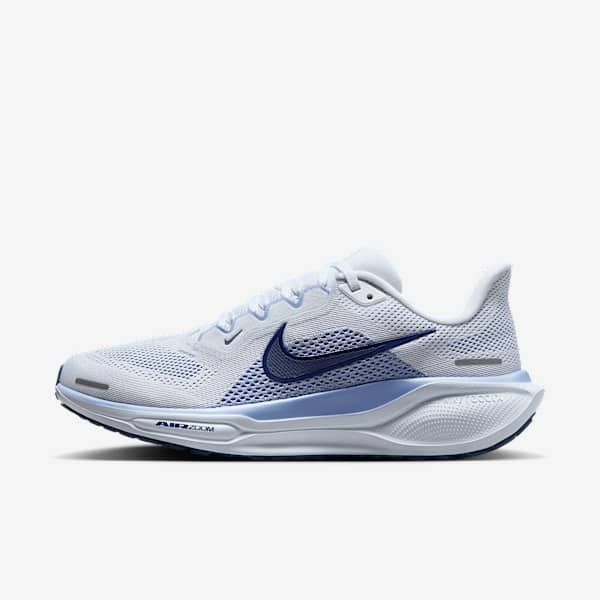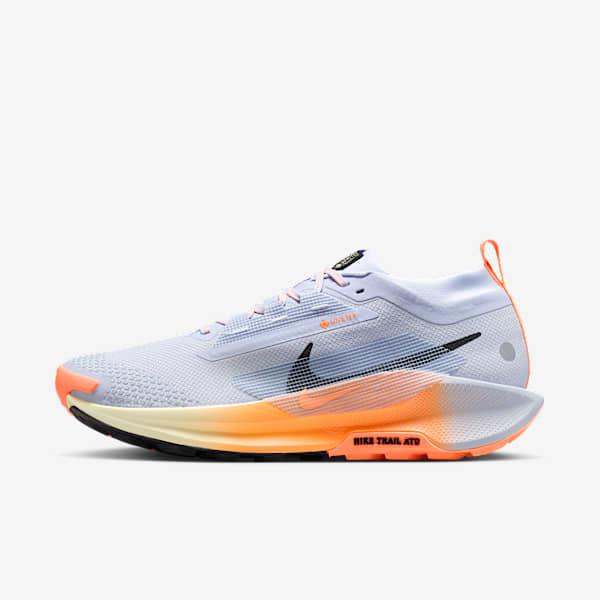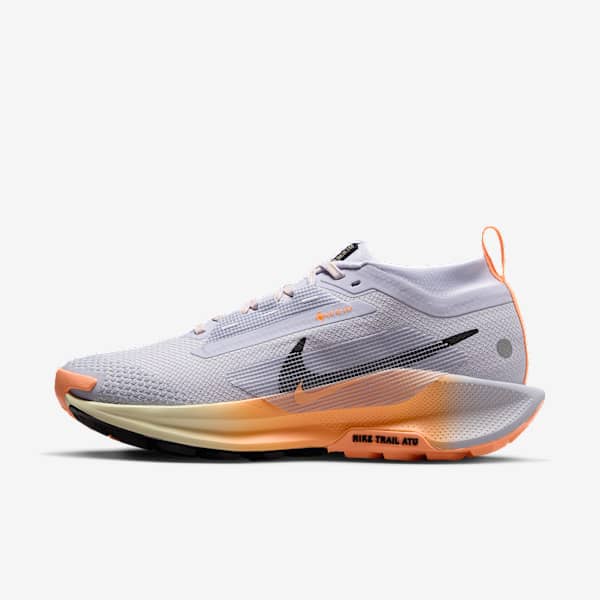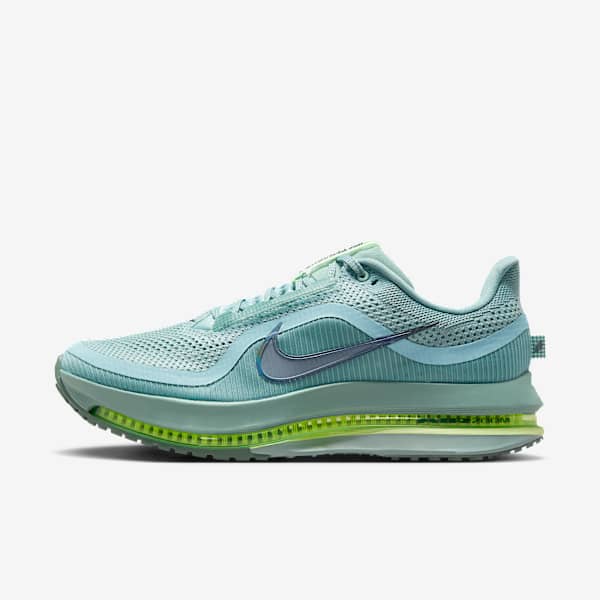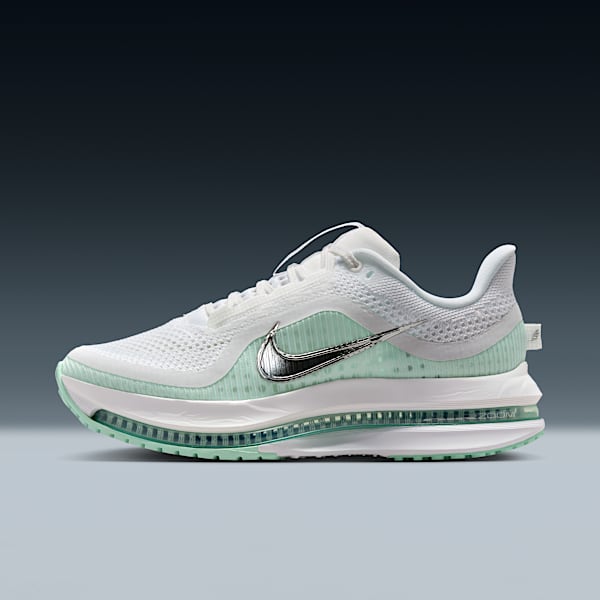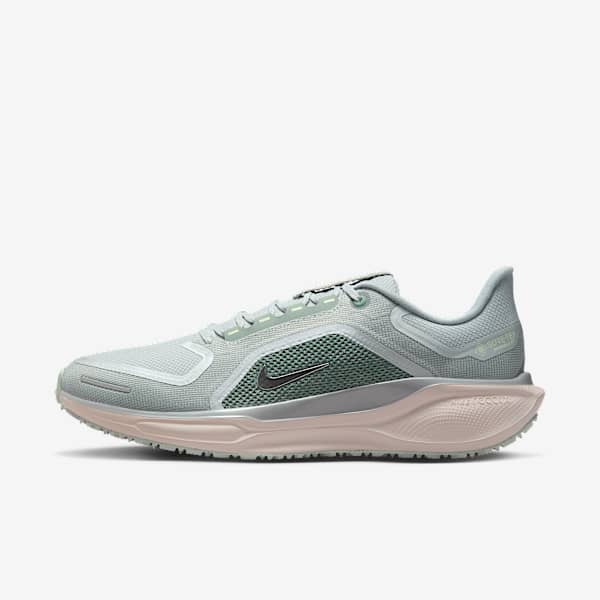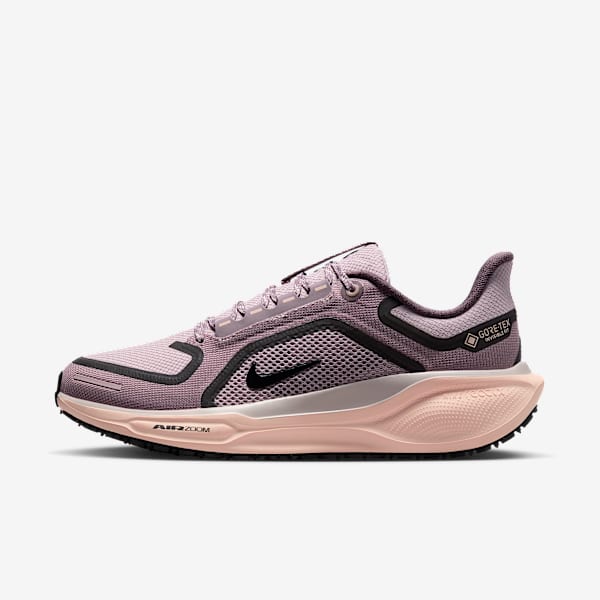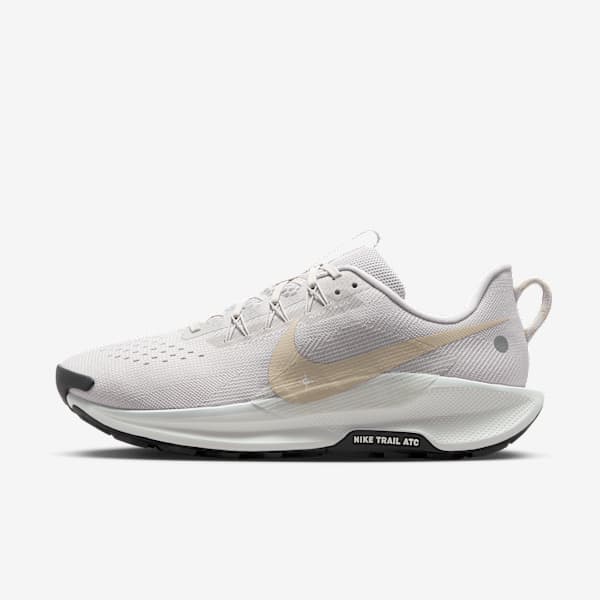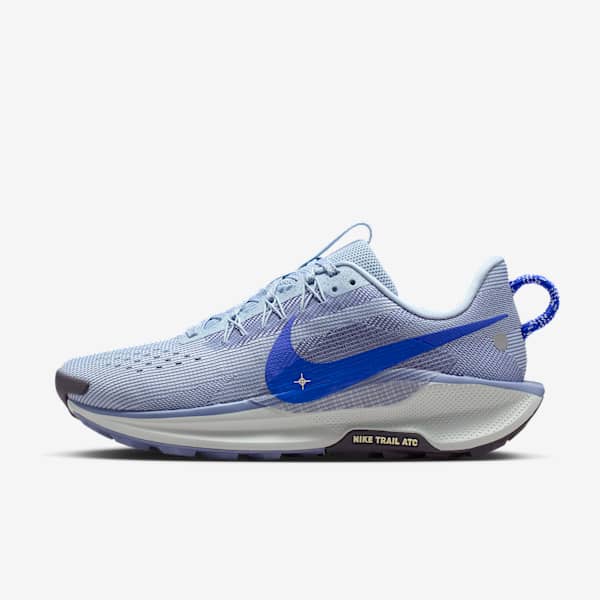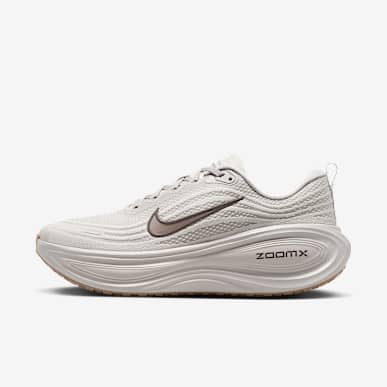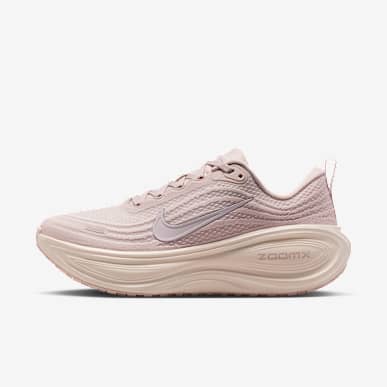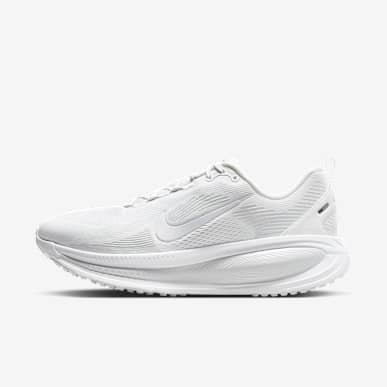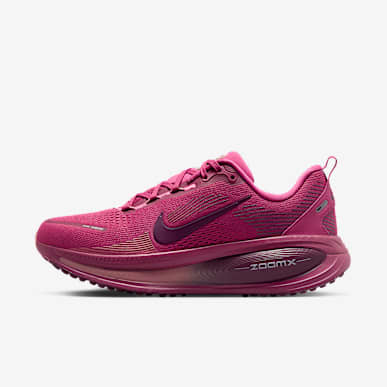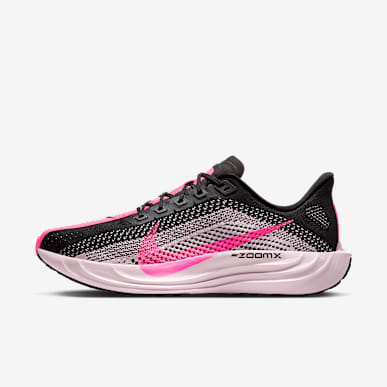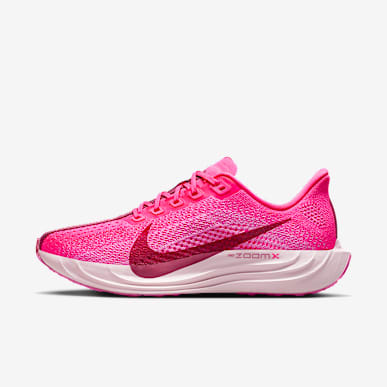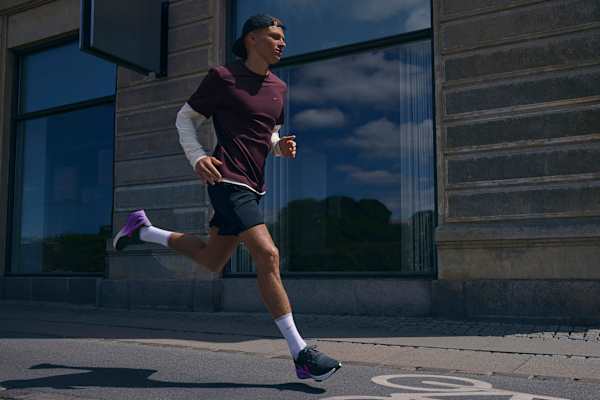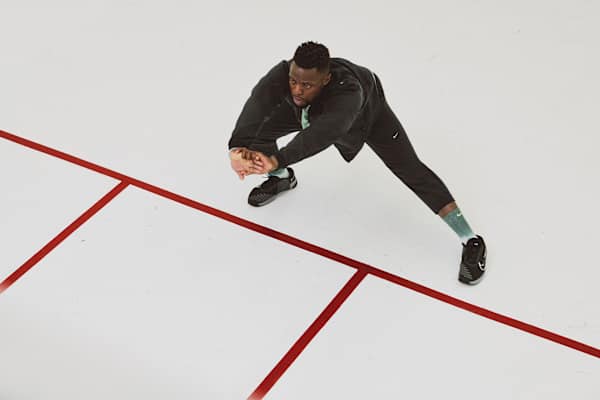How to Prevent Ankle Pain After Running
Activity
Plus, learn what causes discomfort in the joint.
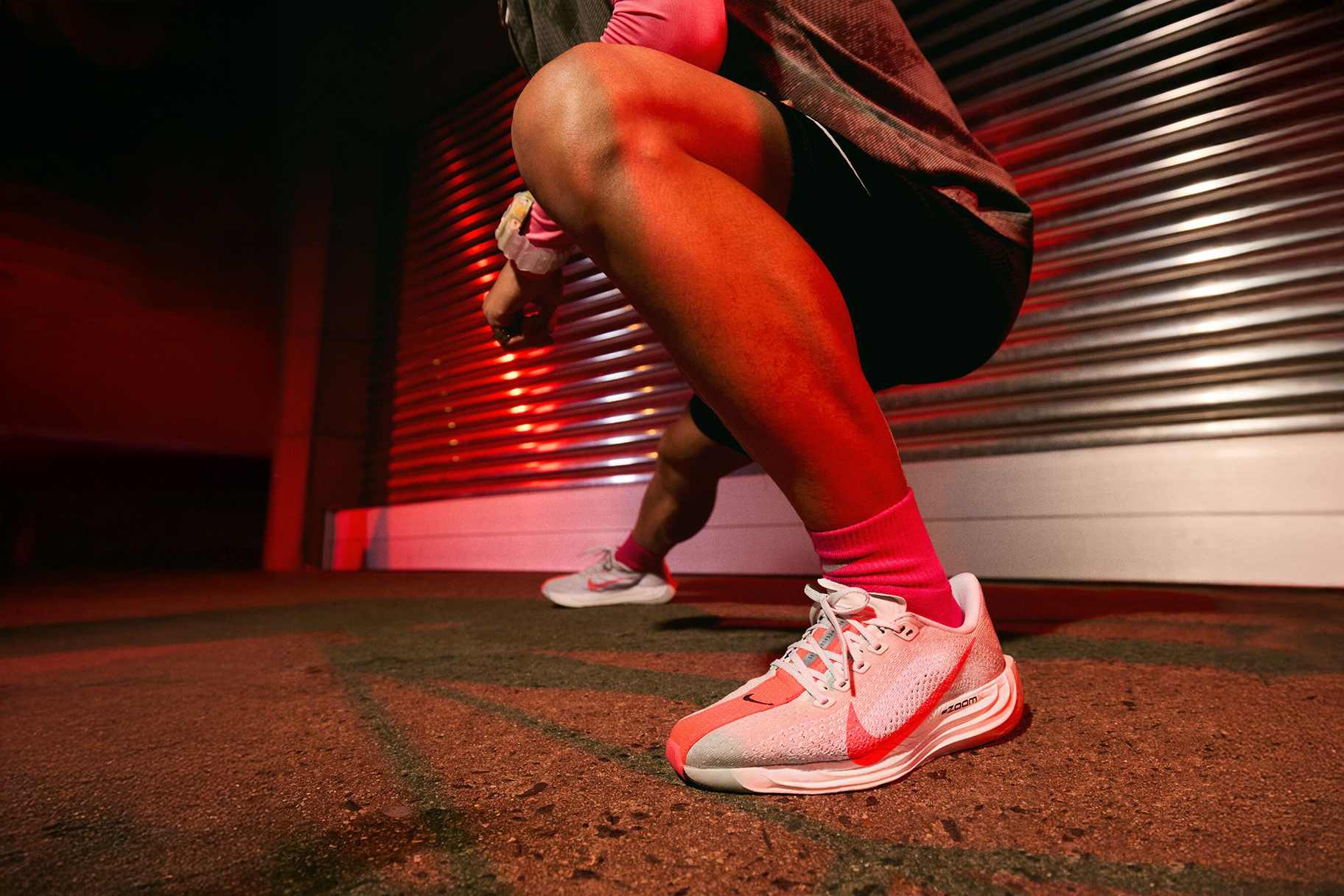
After a run, a lot of body parts may ache or feel sore — and that’s completely normal. Feeling some soreness after a workout of any kind means your body put in work and it’s trying to repair damaged muscles. However, there is a big difference between soreness or a twinge versus pain — even though they often feel like the same thing at first.
Runners of all levels can experience discomfort in their ankles after running — from the seasoned marathon runner to the couch-to-5K newbie. Fortunately, physical therapists say there are many ways you can prevent ankle pain after running.
“It’s very common to experience ankle pain after running because running is a high-impact activity that puts significant stress on the ankle joints, making them susceptible to overuse injuries like tendinitis, sprains or stress fractures, especially if improper running form, footwear or sudden changes in intensity are factors,” says physical therapist, John Gallucci Jr., MS, ATC, PT, DPT, and CEO of JAG Physical Therapy in NYC. “This can cause pain for many runners, even the most experienced.”
Of course, if you want to learn how to prevent ankle pain after running, it’s essential to know what causes ankle pain.
4 Causes of Ankle Pain After Running
Gallucci and Leo Harmon, PT, DPT, the clinic director at Pappas OPT in Newport, Rhode Island, say there are a handful of reasons why your ankle may hurt post-run — from inflammation in your tendons to partially torn ligaments.
1. Tendonitis
If you’ve ever had tendonitis, you know firsthand how irritating this injury can be — especially if it’s in one of the tendons in your foot and ankle.
“One of the most common reasons for ankle pain after running is an inflammatory process surrounding a tendon termed tendonitis,” Harmon says. “Common areas to experience tendonitis include the peroneal tendons, Achilles tendon and posterior tibialis tendon.” All of these tendons are located in your foot and ankle.
Because these tendons play such a pivotal role in controlling how your ankle moves as it makes contact with the ground, they can become inflamed due to repetitive stress, Harmon says. The Achilles tendon in particular, which connects the calf muscle to your heel bone, can be especially painful.
“Overuse, tight calf muscles or improper running form can lead to microtears and irritation, causing pain and stiffness in the back of the ankle,” Gallucci says. “Achilles tendonitis can make running and even walking uncomfortable, especially after prolonged activity.”
2. Ankle Sprains
Sprains happen when the ligaments that support your ankle are stretched or even torn, Gallucci says. This often occurs from rolling or twisting your ankle on uneven terrain, such as running on a trail.
“Mild sprains may cause slight discomfort, while severe sprains can lead to swelling, bruising and instability, making running painful,” Gallucci says.
3. Limited Ankle Joint Mobility
Without adequate mobility or range of motion in your joints, you can be more susceptible to injury — especially with one false move.
“Changes in the way your ankle moves can cause impingement syndrome, which can manifest as pain in the front or back of the ankle after running,” Harmon says. “Limitations in the ways that the bones in your foot and ankle move during running can cause pain, particularly when the foot is moving into a dorsiflexed position — or when the top of the foot is moving closer to the shin.”
4. Stress Fractures
If you continue to push past pain without scaling back on intensity or mileage, stress fractures, or tiny cracks in your bones, can form. This can happen in one of the many bones in your foot or in your tibia — the shin bone that connects with your foot at your ankle joint.
“Runners who suddenly increase mileage or run on hard surfaces may develop stress fractures, leading to persistent pain and tenderness around the ankle,” Gallucci says.
Stress fractures also occur due to repetitive impact — in this case, running too much without incorporating enough rest. “Stress fractures can sometimes present as pain that gets worse as you spend more time on your feet while walking or running,” Harmon says.
How to Prevent Ankle Pain After Running
Research suggests that roughly 80 percent of running-related injuries are from overuse. You can prevent that by preparing your body for a run, scaling your mileage appropriately and prioritizing recovery strategies.
Your first move: do a warm-up before your run. “Start with dynamic movements such as ankle circles, leg swings and light jogging — these movements will increase blood flow to your ankle and flexibility in the soft tissues,” Gallucci says.
You’ll also want to incorporate strengthening moves into your training regimen that specifically target the tendons and muscles surrounding your ankle. Gallucci recommends performing single-leg balance drills, resistance band work and calf raises.
“Be careful when increasing the frequency, intensity or duration of your running so you don’t over-stress the tissues of your ankle,” Harmon says. “A good rule of thumb is to increase only one of these parameters at a time when adjusting your training.”
In other words, if you’re trying to increase your mileage and increase the number of speed workouts you’re doing, that could put too much stress on your ankle. Focus on one or the other first and then introduce the other after your body has time to adapt.
Both experts recommend seeing a physical therapist if you’re experiencing pain after running. “A physical therapist can address muscle imbalances and biomechanical issues and provide you with an exercise program specific to the findings of the evaluation,” Gallucci says.
A physical therapist can also help you improve your balance and stability, which can further help prevent injuries, Harmon says.
6 Ankle Mobility Exercises to Prevent Injury
1. Calf Stretching
“Performing a simple calf stretch can mobilize the muscles surrounding your ankle,” Harmon says. “Keep your knee straight and place your foot against a wall or fence to stretch these muscles.” Press your hands against the wall or fence to help stabilize your body as you perform this stretch. You can stretch your calves before and after your run or workout.
2. Single-Leg Stance
This move will challenge your balance. Stand on one leg, or in a split stance (with your back foot planted on the ground behind you) to make things easier, and hold for a few seconds, Harmon says. To make this exercise easier, you can rest your hand on the edge of a counter or chair.
“Completing balance exercises can help to increase your nervous system’s control of muscles surrounding the ankle and assist in warming your tissues before running,” Harmon says.
3. Toe-to-Heel Rocks
This is another exercise that can improve your balance. “Shift your weight from your toes to your heels to strengthen stabilizing muscles in and around your ankle,” Gallucci says. Rock back and forth for at least 30 seconds.
4. Ankle Circles
This move is a great way to prime your muscles for running. Start by sitting or standing, Gallucci says, and then rotate your ankle in clockwise and counterclockwise circles. “This can help improve range of motion,” Gallucci says.
5. Ankle Dorsiflexion Assisted Range of Motion
This move helps to stretch and strengthen the tendons and ligaments in your ankle. “Use a resistance band or stretching rope to gently pull your foot into dorsiflexion, or toes toward your shin, to improve flexibility,” Gallucci says.
6. Skipping and Hopping Drills
“Warm-up drills such as A-skips and B-skips can help to increase muscle and tendon mobility surrounding the ankle and can also help to thicken and strengthen these tissues to assist with injury prevention,” Harmon says.
Can Your Running Shoes Cause Ankle Pain?
The short answer? They certainly can, say the experts. Wearing shoes that aren’t the right fit or don’t offer proper support can put extra stress on your ankle joint, “leading to pain and potential injuries, especially if the shoes don't match your foot type and gait mechanics,” Gallucci says.
“For example, shoes with too little arch support can cause your ankle to roll inward, causing pain throughout the foot, ankle and lower leg.”
If your running shoes feel like they’re pushing your feet in unnatural ways, they may not be the right design for you. “One of the most important features in a quality running shoe is a firm heel cup,” Harmon says. “If you pinch the back of the shoe where your heel sits and it feels squishy and flexible, it likely does not have enough support for your heel as it strikes the ground.”
Switching between various running shoe models too frequently can mimic the symptoms of an overuse injury, as it can stress the tissues surrounding your ankle in a similar way, Harmon explains. “The best shoe to run in will have a balance of stability and mobility and will feel comfortable when running.”
When to See a Doctor
Some types of pain and discomfort can go away on their own with time and recovery strategies. But other times, it’s best to have a health care provider assess your ankle to make sure the pain doesn’t get worse — or turn into a bigger injury. Gallucci recommends seeing a doctor or physical therapist if you experience the following:
- Swelling
- Issues walking
- Severe pain
- Inability to bear weight on your ankle
- A visible deformity around your ankle or foot
- Bruising that extends beyond the ankle
- Persistent pain even after rest and home treatment
- Popping or cracking sounds that accompany pain
- Numbness or tingling in your foot
Harmon adds that not all ankle pain is related to inflammation or a sprain at your ankle, which is another reason why it’s so important to see a health professional sooner rather than later. “The ankle is a complex joint which works in harmony with the knee and hip joints throughout the running motion,” he says. “Sometimes a problem at the knee or hip joint creates more stress on the ankle.”
Words by Cheyenne Buckingham
